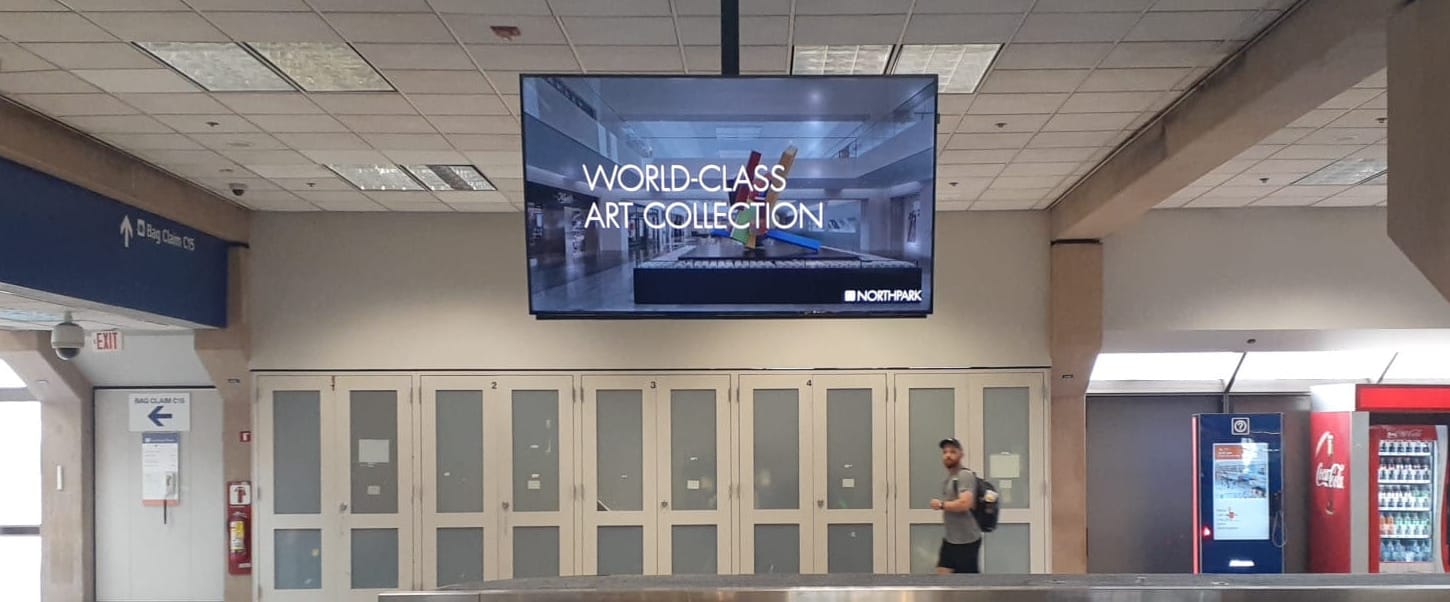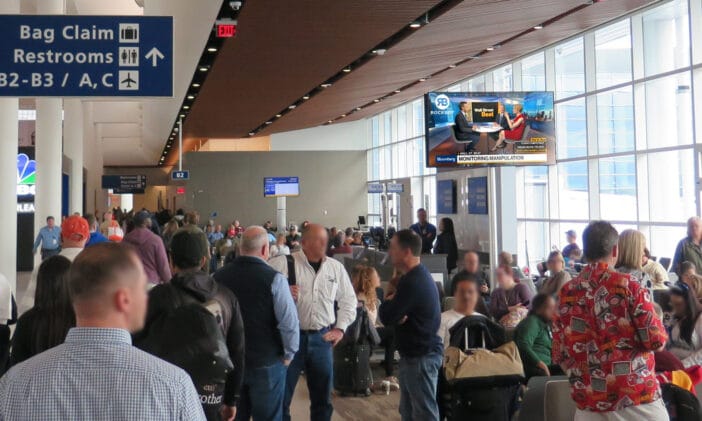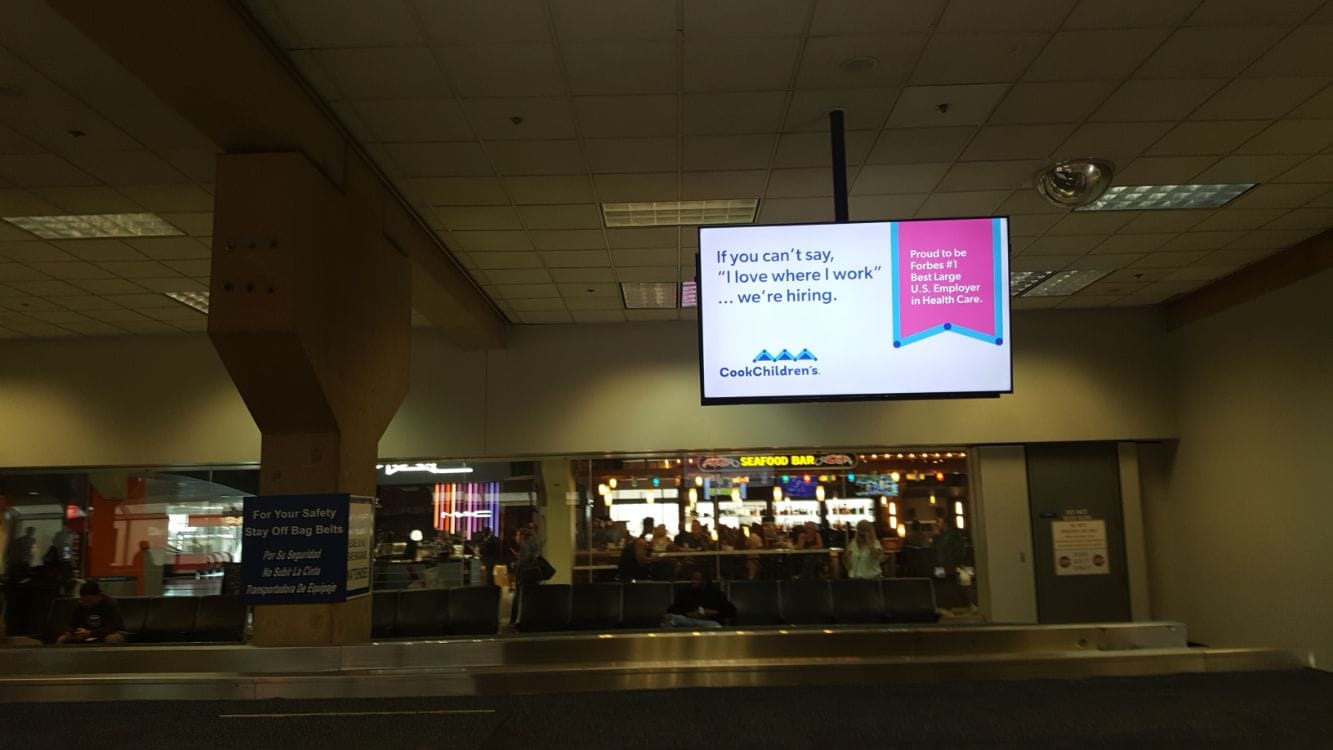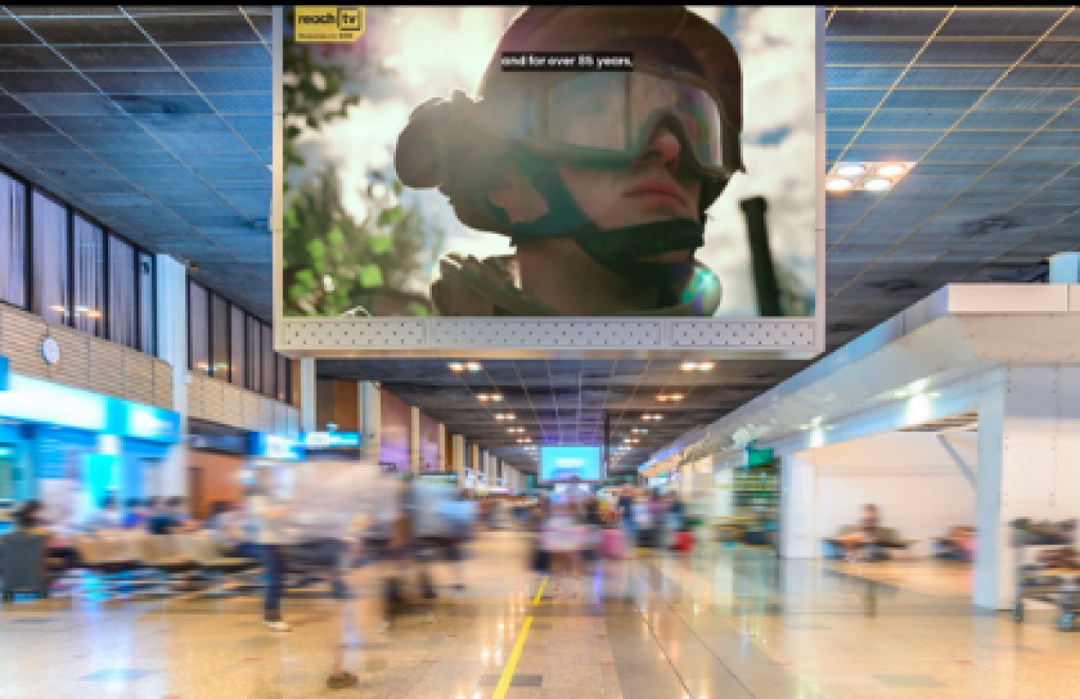
The FIFA Club World Cup 2025 kicking off on 15 June 2025 in the United States is more than a sporting event—it’s a convergence of global affluence, high-net-worth individuals, and cultural influence. As millions of fans and global elites travel to the tournament, airports near host cities will become the ultimate arenas for brands seeking to engage with this premium audience. These high-traffic gateways are not just transit hubs but unparalleled stages for brands to showcase exclusivity, prestige, and aspiration.
1. John F. Kennedy International Airport
John F. Kennedy International Airport (JFK) serves as the primary gateway to New York and the games at MetLife Stadium. With its reputation as one of the busiest international airports in the US, JFK is frequented by global CEOs, celebrities, and business magnates.
2. Los Angeles International Airport
Los Angeles International Airport (LAX) is a global hub for travelers from Asia, the Pacific, and Latin America. Its proximity to Rose Bowl Stadium, coupled with the cultural prestige of Los Angeles, ensures that it remains a magnet for high-profile visitors.
3. Miami International Airport
Miami International Airport (MIA), the gateway to the Americas, stands as a bridge between North America, South America, and Europe. Known for its vibrancy and luxury, MIA is an ideal space for premium advertising targeting HNWIs attending games at the Hard Rock Stadium.

4. Orlando International Airport
Orlando International Airport (MCO) is set to be a pivotal player in the FIFA Club World Cup, serving matches at Camping World Stadium and Inter&Co Stadium. Renowned for its robust international connectivity, MCO is a critical entry point for travelers from Europe, South America, and beyond. The airport will see a surge in affluent travelers, from fans and corporate executives to VIP delegations and media professionals. MCO’s reputation as a major international hub aligns perfectly with the needs of elite brands seeking to engage HNWIs.

5. Dallas/Fort Worth International Airport
Dallas/Fort Worth International Airport (DFW) is a logistical powerhouse serving Arlington’s AT&T Stadium. With extensive international connectivity and a central U.S. location, DFW attracts a diverse array of high-income travelers. Brands advertising here can capture the attention of wealthy fans through large-scale installations, exclusive sponsorship of business and VIP lounges, and partnerships with key airport spaces. The scale of DFW ensures a commanding presence for advertisers looking to connect with influential audiences on a grand scale.

6. Hartsfield-Jackson Atlanta International Airport
Hartsfield-Jackson Atlanta International Airport (ATL), the world’s busiest airport, is a gateway to the games at Mercedes-Benz Stadium. Known for its global reach, ATL offers a mix of cutting-edge advertising opportunities and access to a diverse but affluent audience. Brands can dominate this space with immersive experiences in luxury lounges or partnerships with high-profile retail spaces. ATL’s reputation for excellence mirrors the prestige of brands targeting the world’s most influential travelers.

In these airports, advertising is more than a medium—it’s an art form. The right campaigns can transform terminal walls and luxury retail spaces into avenues for storytelling, prestige, and aspiration. For high-end brands, these spaces are not about broadcasting messages but creating moments that resonate with HNWIs who value exclusivity and refinement.
The Moment to Define Brand Presence
Airports during the FIFA Club World Cup 2025 will not merely handle increased traffic; they will become vibrant marketplaces of culture, status, and opportunity. Each interaction with a premium brand in these hubs reinforces its alignment with the lifestyles of the world’s elite. By leveraging the visibility and gravitas of airport advertising, brands can secure a place at the intersection of sports, luxury, and global influence. Don’t miss this unparalleled moment in 2025 to elevate your brand. Start planning your campaign now!









